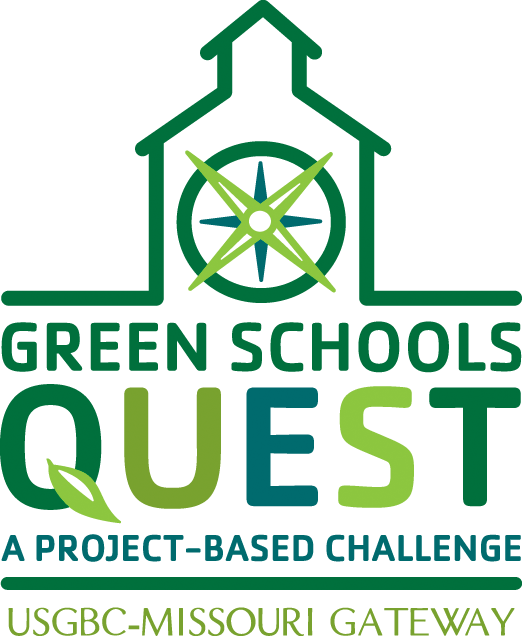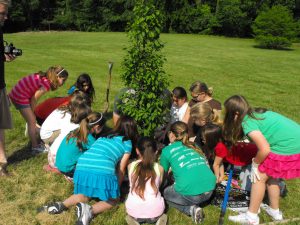Like nearly everything else in 2020, holiday festivities this year have been anything but ordinary. However, one thing that remains the same is the season of giving continues to be a time of excess, which can wreak havoc on air quality and the environment.
From all the wrapping paper, plastic packaging, cardboard shipping boxes and various other holiday trash, a million extra tons of garbage will be added to the landfill in the coming weeks. But thankfully, there are several ways to combat unnecessary waste and help keep the holiday spirit alive, even in the midst of a global pandemic. Here are some insightful tips to keep in mind for incorporating sustainability into those treasured holiday traditions:
- Choose Your Tree Wisely – While it’s not the most traditional option, buying an artificial tree that can be used for years to come is an energy efficient choice. If this option is unalluring and you choose to buy a real tree – assuming you can still find one given the shortage this year – opt for a living one that can be planted outside or kept as a houseplant after the holidays. If you don’t choose artificial or a tree to plant in your yard, once the holidays wrap up, dispose of your tree at a chipping facility or look for holiday tree composting drop-off locations in your neighborhood to do your share for cleaner air.
- Decorate with LED Lights – Traditional incandescent strands use approximately 80% more energy and are far less reliable than their LED counterparts. While LEDs may be a little more expensive, they last up to 10 times longer and will ultimately save you money on your electric bill, too. Rather than keeping your house lit up 24/7, also consider connecting lights to a timer so that they only turn on during certain evening hours to further conserve energy.
- Green Your Holiday Dinner Table – Though you may only be hosting a holiday feast for your immediate family members this year, sourcing as many of your ingredients as possible locally helps to cut down on emissions produced by large transport trucks. The less your produce and supplies have to travel, the less waste is produced, and the smaller the environmental impact. Likewise, consider swapping out disposable plates, cups, napkins and silverware for your favorite set of dishes this year instead to take green dining one step further.
- Gift Greener – If you still have some last-minute shopping to do, consider gifting an experience to loved ones to reduce excess waste and help improve air quality. Additionally, buying gifts from local businesses that follow social and environmental practices or supporting local artists, craftspeople or farmers will largely benefit the region’s air quality. Newspapers, old posters, maps, reusable gift bags or scrap fabric lying around the house also make for beautiful, personal, and unique gift wraps. If you choose to buy gift wrap, look for recycled content gift wrap paper whenever you can find it.
Adding “green” into not only your decorations but also your celebrations this holiday season can make all the difference in helping people across the St. Louis region breathe easier. To learn more about the link between living greener and our air quality, visit the tips section of our website, like us on Facebook or follow us on Twitter at @gatewaycleanair.






 maintaining and enhancing community forests.
maintaining and enhancing community forests.